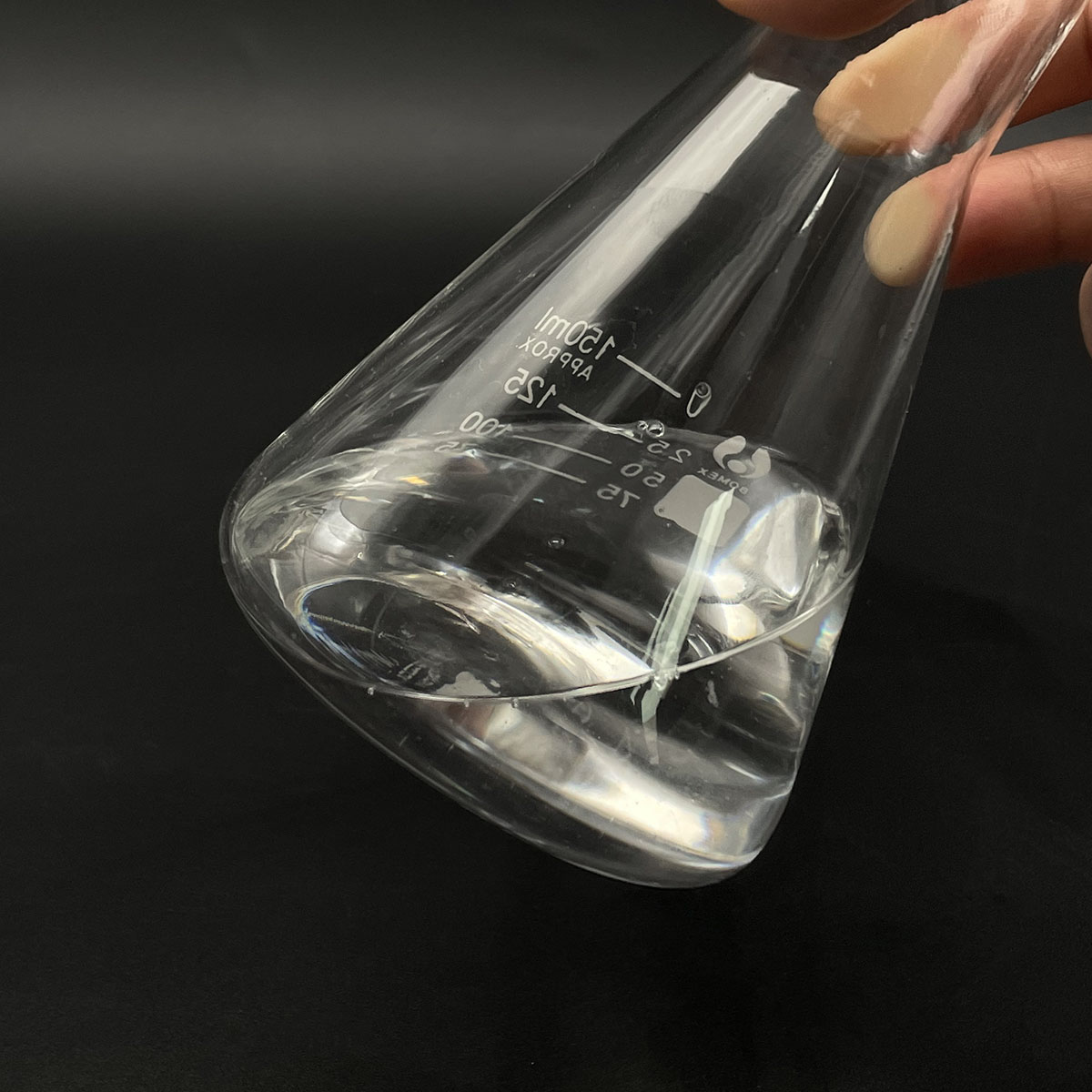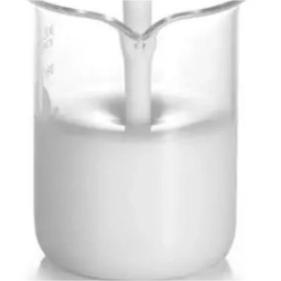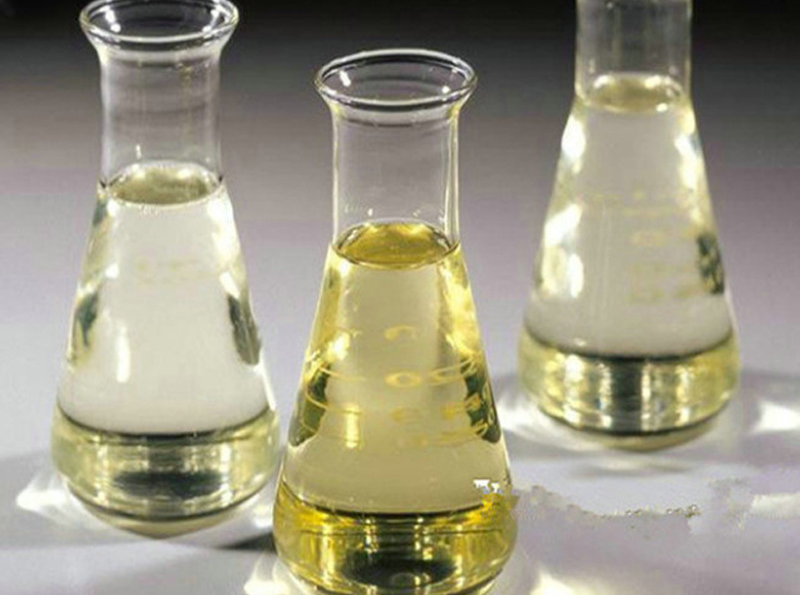Imagine your lungs as millions of tiny balloons. Blowing up a new balloon is tough at first, right? That’s like your lungs’ smallest air sacs without their secret helper: pulmonary surfactant. This stuff is a lifesaver, literally. So, what’s the real deal about it? Let’s uncover the truth.
(Which Of The Following Statements Regarding Pulmonary Surfactant Is True?)
Pulmonary surfactant is a slick mixture. It’s made mostly of fats and special proteins. Your body produces it right in the lungs. Special cells lining the air sacs work hard to make and release it. This isn’t just any goo. It has one crucial job.
Think about water on a surface. It beads up. This pulling force is surface tension. Inside your tiny air sacs, a watery film coats the surface. Without surfactant, this water’s surface tension would be too strong. The sacs would collapse when you breathe out. Breathing in would be a huge effort to re-inflate them. It would feel like sucking air through a wet, sticky straw every single breath. Exhausting.
Here’s where surfactant works its magic. It spreads like a thin film over the water inside the air sacs. Think of it like soap breaking the surface tension in a sink full of water. Surfactant molecules disrupt the strong pull of the water molecules. They effectively lower the surface tension. This makes inflating the sacs much easier. More importantly, it stops them from collapsing completely when you exhale. They stay partly open. This saves enormous energy. Breathing happens smoothly, almost effortlessly.
Now, the big question: which fact is solid? One key truth is this: pulmonary surfactant dramatically reduces surface tension inside the lungs’ air sacs. This is its core function. Everything else depends on this. Without this reduction, breathing becomes incredibly difficult. The lungs become stiff and uncooperative.
This truth explains why premature babies often struggle. Their little lungs haven’t made enough surfactant yet. The air sacs collapse easily. This is Respiratory Distress Syndrome (RDS). Doctors can give these babies artificial surfactant. It acts as a replacement until their own lungs catch up. It’s a life-saving treatment born from understanding surfactant’s vital role.
(Which Of The Following Statements Regarding Pulmonary Surfactant Is True?)
Surfactant isn’t just about starting life. It keeps working every minute you’re alive. Every breath you take relies on this slippery film. It ensures your lungs stay springy and efficient. It lets oxygen flow in and carbon dioxide flow out without a constant battle against collapse. Your body runs on oxygen. Surfactant makes getting that oxygen possible without you even thinking about it. It’s biology’s brilliant solution to a fundamental physics problem inside your chest.
Inquiry us
if you want to want to know more, please feel free to contact us. (nanotrun@yahoo.com)




